Guide to IIoT Analytics
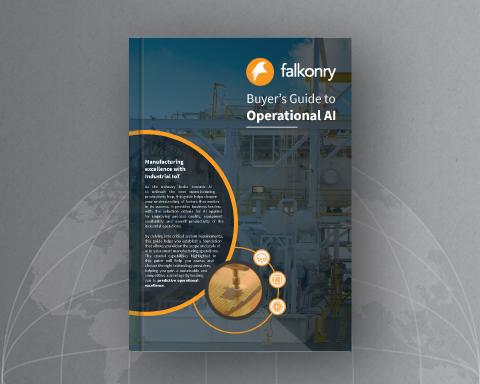 Download Now
Download NowElectrical and mechanical engineers have a great term: “impedance matching.” It means, roughly, making an electrical circuit or a set of mechanical systems (say two colliding masses) transmit energy from one part of the system to the other as efficiently as possible.
To make the example concrete, say there are two masses. One mass is moving towards the other and the goal is to get the stationary mass moving as much as possible by hitting it with the moving one.
At some point the two masses collide and an energy transfer takes place.
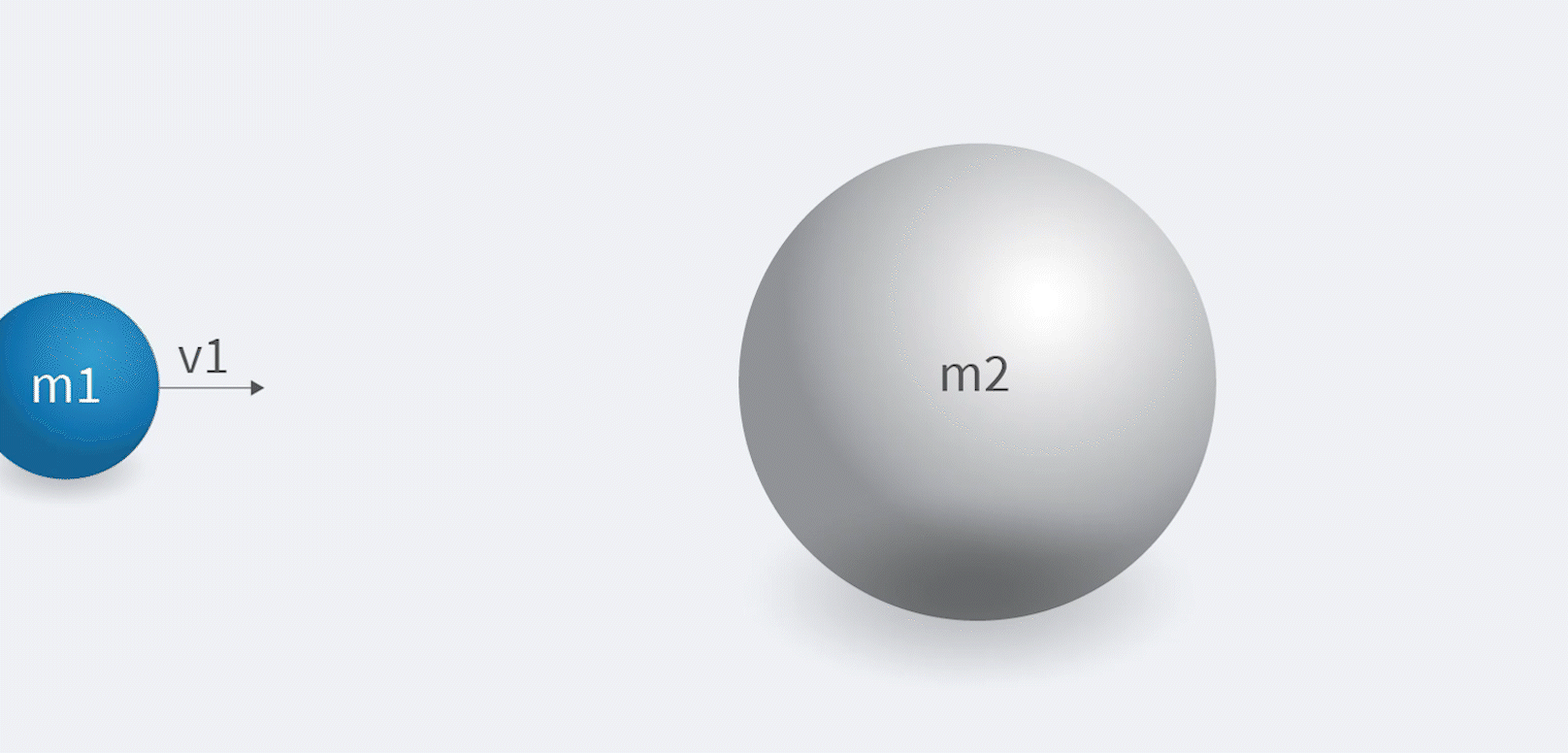
After the collision, both masses are moving. However, because the moving object was so much smaller than the stationary one, most of the energy was reflected back resulting in the formerly stationary mass barely moving at all. Because the mechanical impedance of the two parts of the system didn’t match, the goal of moving the stationary object by hitting it with the moving one was not achieved.
To achieve the goal of moving the stationary object, the impedance of the two parts of the system need to match. In this case, that means making both masses similar.
If the two masses are the same then, when they collide…
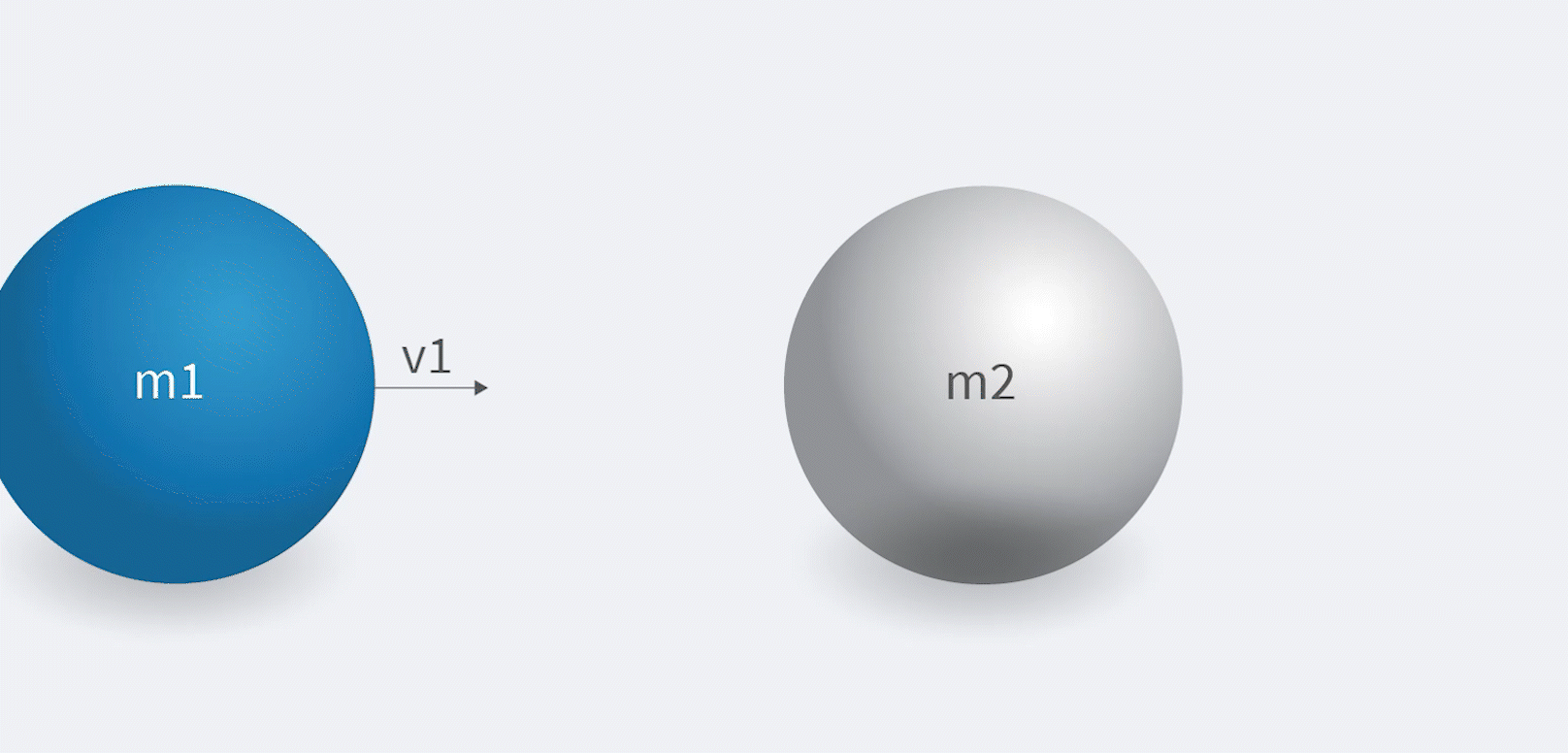
The energy will be transferred efficiently and the formerly at-rest mass will move off at nearly the speed that the incoming mass had.
It turns out that companies have a similar property: organizational impedance. When you try to move one part of the organization via the actions of another part, that process can be more or less successful depending on how well the impedance is matched between the two parts. For example, if the field service organization sees the kinds of failure modes that most impact equipment reliability, they may try to communicate that knowledge back to the design engineering team in order to affect change. However if, for various cultural and personality-related reasons, the engineering team views field service as “beneath” them, they may not listen to the field team, thereby failing to learn the things that could improve the reliability of the next generation of equipment – The transfer fails because of an organizational impedance mismatch between field service and design engineering.
Among customers we have worked with, we see a particular form of mismatch occurring frequently. It manifests in the form of this statement: “I need those models to be built more quickly or I can’t use them.” The mismatch appears to come from the gap between the amount of time it takes to get the data required and the amount of time that data is valid, i.e. the time between major service events, overhauls and parts replacements which cause the equipment to behave in significantly different ways before vs after. However, this is really two mismatches: the technical one noted above and an organizational impedance mismatch – the difference between the way management expects an AI project’s value to be recognized vs how it is best realized in practice.
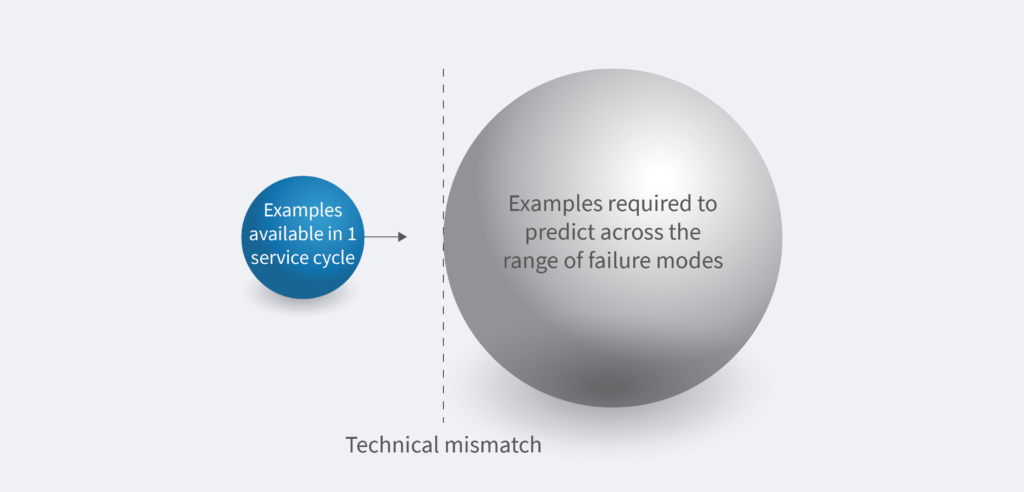
The usual approaches to address the technical mismatch are to:
But those are REALLY hard technical challenges which fail as often as they succeed. The result is that, when prediction quality doesn’t improve, the entire analytics project is scrapped. This outcome is logical only because of the organizational impedance mismatch – management expects operations teams to show value by looking at a specific, historically “interesting” problem set while on-the-ground operations work actually shows value through experimentation and iteration on whatever the problems of the day happen to be.
The principle behind Falkonry’s approach is to enable the operations teams to realize analytics value by working “in the now.” That means the SMEs (Subject Matter Experts) are not constrained to waiting for a “perfect” model to emerge in order to solve one, historical problem. They can make the most of information available to them today, enabling them to extract value from it in ways that impact on-going operations. Sometimes that value will be found within the scope of established problems, sometimes it will be outside of that scope. Because operations teams know the full range of problems that need answers and they are exposed to the full range of insights provided by the analytics system, they can bypass the technical impedance matching problem – i.e. instead of getting stuck on the problems they can’t solve, they solve the important problems which they have sufficient data to address. Sometimes that even means finding new problems which they were unaware of before starting. But this approach only works if the organizational impedance matching problem is also solved by aligning management expectations with natural operational workflows.
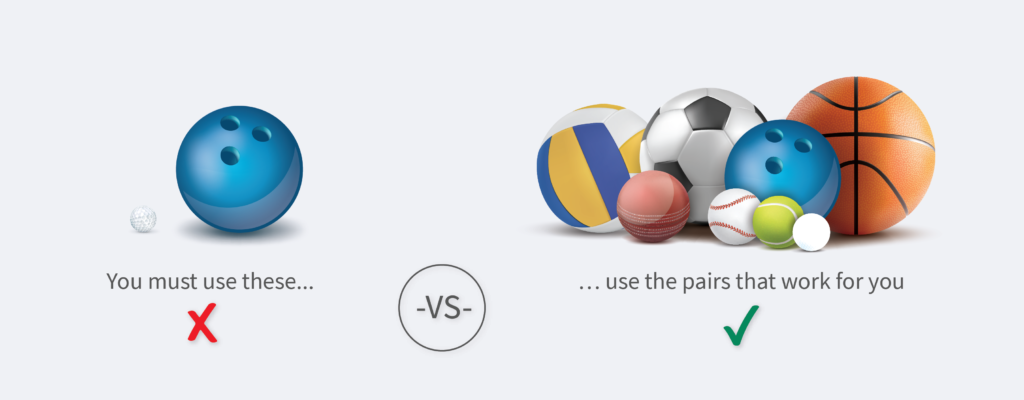
For example, one of our customers was looking to predict a specific failure mode within their equipment. However, the quality of the historic record was too low to identify more than 1 or 2 examples of that failure in the available data. Working in a discovery mode using the data they had, an SME found patterns that identified important operator errors which had not been identified in the record. This pointed to potential training opportunities and established a method to identify future issues of this sort. The team didn’t need more data to get value, they just needed tools and permission to identify the right problem for the data they had. Technical impedance matching between data and outcome was enabled by organizational impedance matching between business sponsors and operations SMEs.